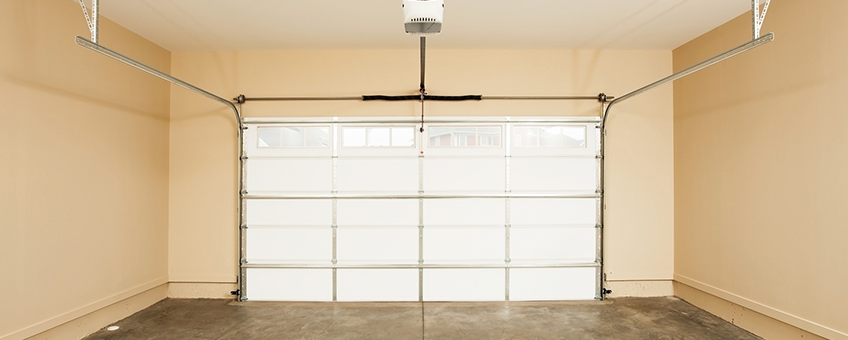
Chamberlain v One World – Techtronic Industries
The Chamberlain Group, Inc. v. One World Technologies, Inc., DBA Techtronic Industries Power Equipment
No. 2018-2112 Before Circuit Judges Dyk, Reyna, and Hughes. Opinion by Circuit Judge Hughes.
The patent considered was directed to improved methods of human interaction with “barrier movement operators,” such as garage door operator systems. The claims on appeal were directed to an “interactive learn mode” that “guide[s] a user through installation and learn mode actions.” The Court affirmed the PTAB’s finding that the claims on appeal were anticipated under 35 U.S.C. § 102(b).
Appellant argued that one of the claim steps should be construed to require identifying multiple activities. According to the Appellant, the prior art reference “clearly establishes that its controller identifies a single activity; it either sets the ‘up’ limit, or it sets the ‘down’ limit.” At the oral hearing, Appellant argued for the first time that the prior art reference failed to anticipate the claim’s final step — transmitting guidance “responsive to the first and second identifying steps.” Appellant further argued that the claim requires identifying multiple activities before transmitting any guidance “responsive to” the identification step.
On the other hand, the prior art reference only identified a single activity before transmitting a guidance signal for that activity. The Board found that it need not consider Appellant’s “responsive to” argument, because Appellant raised it for the first time at the oral hearing. The Court disagreed stating that the Appellant “only relied on the ‘responsive to’ step at the oral hearing to respond to arguments first raised in One World’s reply.” The Court went on to say that when a petitioner raises new arguments in its reply, the patent owner is entitled to respond to those arguments. In any event, the Court concluded that the Appellant did not even raise a new issue at the oral hearing in response to a reply; rather, it “merely clarified its previous position” regarding the multiple activities required by the claim.
However, this procedural victory was of no benefit to Appellant. The Board had found that Appellant’s argument relied on the timing of the prior art’s steps, which set each limit in sequence, rather than at the same time. However, the Appellant’s claim did not require the activities to be identified together or at the same time. The Board found Appellant’s “single activity” argument unpersuasive. The Court agreed, finding that the Board’s conclusion was supported by substantial evidence and that transmitting the signals in sequence by the prior art device taught the “responsive to” step. It did not help the Appellant’s cause that its expert testified that the claim was “silent on any timing requirement.”
photo: istock
Read more: Federal Bar member attorneys may access the full case summary by registered patent attorney B.C. “Bill” Killough in the January 2020 issue of Federal Circuit Case Digest
 B.C. Killough is a registered patent attorney based in Charleston, SC. On behalf of his clients, Bill has obtained more than 300 United States patents, participated in prosecuting more than 100 foreign patent applications and he has filed more than 1000 trademark applications with the US Patent and Trademark Offices.
B.C. Killough is a registered patent attorney based in Charleston, SC. On behalf of his clients, Bill has obtained more than 300 United States patents, participated in prosecuting more than 100 foreign patent applications and he has filed more than 1000 trademark applications with the US Patent and Trademark Offices.